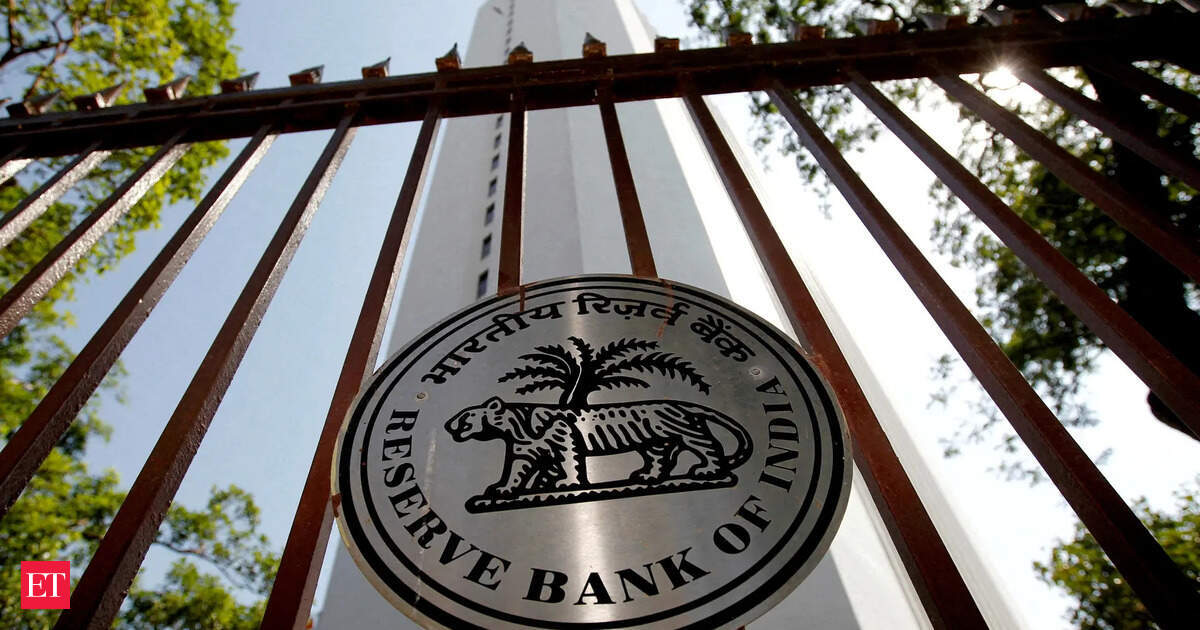New Delhi: The Reserve Bank of India (RBI) is expected to maintain its key interest rate at 5.50% during the upcoming October meeting, as reported by a Reuters poll of economists. The Indian economy showcased robust growth of 7.8% last quarter, bolstered by government spending. However, ongoing inflation, a weakening rupee, and global economic risks add complexity to the RBI’s decisions. Economists predict few changes to the repo rate until at least 2026, reflecting concerns in private investment and consumer spending.
Current Economic Landscape in India
The Reserve Bank of India (RBI) has decided to keep the repo rate unchanged at 5.50%, a stand echoed by 45 out of 61 economists polled by Reuters. This decision reflects the central bank’s ongoing evaluation of the economic implications following past rate cuts. While India’s GDP accelerated unexpectedly at 7.8% year-on-year last quarter, largely fueled by substantial government expenditure, lingering issues in private investment continue to capture attention.
The RBI’s approach is shaped not just by domestic factors but also global ones. Despite a stable inflation rate within the central bank’s desired 2-6% range since November, external pressures, like rising prices for imports due to a depreciating rupee against the U.S. dollar, could threaten this stability. Current inflation rates and the weak rupee create a precarious balance for the Indian economy.
Challenges Facing the Indian Economy
The optimism stemming from government spending is contrasted by slower private sector investment, which shows a reluctance among businesses to expand. Madhavankutty G, chief economist at Canara Bank, expressed his concerns, stating, “I don’t expect any rate cut because the RBI has already made its stance very clear that monetary policy has only a limited impact on pushing the growth rate.” He highlighted that stagnant wage growth and job stability concerns hinder private capital expenditure.
Global economic uncertainties add to the equation. Trade tensions with the U.S. combined with newly implemented visa requirements exacerbate the situation, leading to foreign investors pulling funds from Indian markets. This dynamic not only affects the rupee but also influences investor confidence, making it difficult for the RBI to maneuver effectively.
Future Projections: What to Expect
Looking ahead, the forecasts from the Reuters poll indicate a cautious sentiment prevalent among economists. A slim majority predict that rates will likely remain unchanged until at least the end of 2025, a shift from prior expectations that included potential cuts. The median forecast points to a possible 25-basis-point reduction in the first quarter of 2026, though the forecasts lack a decisive consensus, highlighting a broader anxiety regarding the economic outlook.
The changing expectations reflect the complexities of the current environment where growth, inflation, and currency stability are intertwined. The RBI’s decisions will greatly depend on upcoming economic indicators, including consumer finance and ongoing developments in both domestic and international markets.
A Realistic Take: What This Means for Home Loan Seekers
For prospective home buyers navigating the Indian real estate market, the RBI’s decision to maintain the repo rate at 5.50% carries significant implications. Home loan seekers could benefit as banks are likely to keep interest rates stable in the short term. This stability permits borrowers to budget more effectively without the immediate concern of rising EMI costs. It also allows home buyers to make long-term decisions with confidence, especially in a climate where property prices are on the rise.
However, potential home buyers should remain vigilant about the overall economic landscape. The RBI has indicated that external factors like inflation and global risks could influence monetary policy in the future. Hence, first-time buyers may consider locking in current rates sooner rather than later, as any shifts in the repo rate could lead to higher borrowing costs down the line.
| Indicator | Current Rate | Future Projections |
|---|---|---|
| Repo Rate | 5.50% | Unchanged until late 2025 |
| GDP Growth (YoY) | 7.8% | Variable; influenced by government and private investment |
| Inflation Rate | 2-6% | Stable, but externally pressured |
| Rupee Performance | Weakening against USD | Potential for further depreciation |
As the economic landscape continues to evolve, keeping an eye on the RBI’s decisions, inflationary trends, and rupee performance will be essential for anyone financially invested in the Indian economy. Whether through home loans or other investments, understanding these dynamics provides a clearer picture of the future.
Bankerpedia’s Insight 💡
The RBI’s decision to maintain the key interest rate at 5.50% signals its cautious approach amidst global economic uncertainties and persistent challenges like stagnant private investment. This stability is essential for the banking and finance sector, as it provides a predictable environment for lending and borrowing. However, the weakening rupee and inflationary pressures could create headwinds. For readers, this emphasizes the importance of long-term financial planning and staying informed about economic trends, as these factors could affect personal finance decisions and investment opportunities in the near future.
What Does This Mean for Me? 🤔
| If I am a… | The Impact is… |
|---|---|
| Salaried Person | Stable interest rates may limit salary growth opportunities. |
| Business Owner | Higher interest rates may hinder business investment growth. |
| Student | Interest rates steady; potential impact on student loans persists. |
| Self-employed | Higher interest rates may limit borrowing and investment opportunities. |
| Homemaker | Higher interest rates may limit household borrowing and spending. |
| Retiree / Senior Citizen | Stable interest rates likely sustain low savings returns. |
| Job Seeker | Job stability concerns may hinder job seeker confidence. |
| Farmer / Rural Citizen | Higher interest rates may limit farmers’ investment opportunities. |
Research References 📚
Loved our Research? ❤️
Bankerpedia turns financial confusion into clarity!
Want the latest banking insights, money tips, and financial hacks delivered straight to your WhatsApp? Just send ‘Hi’ – it’s that simple, and you’ll never miss a smart update again!










